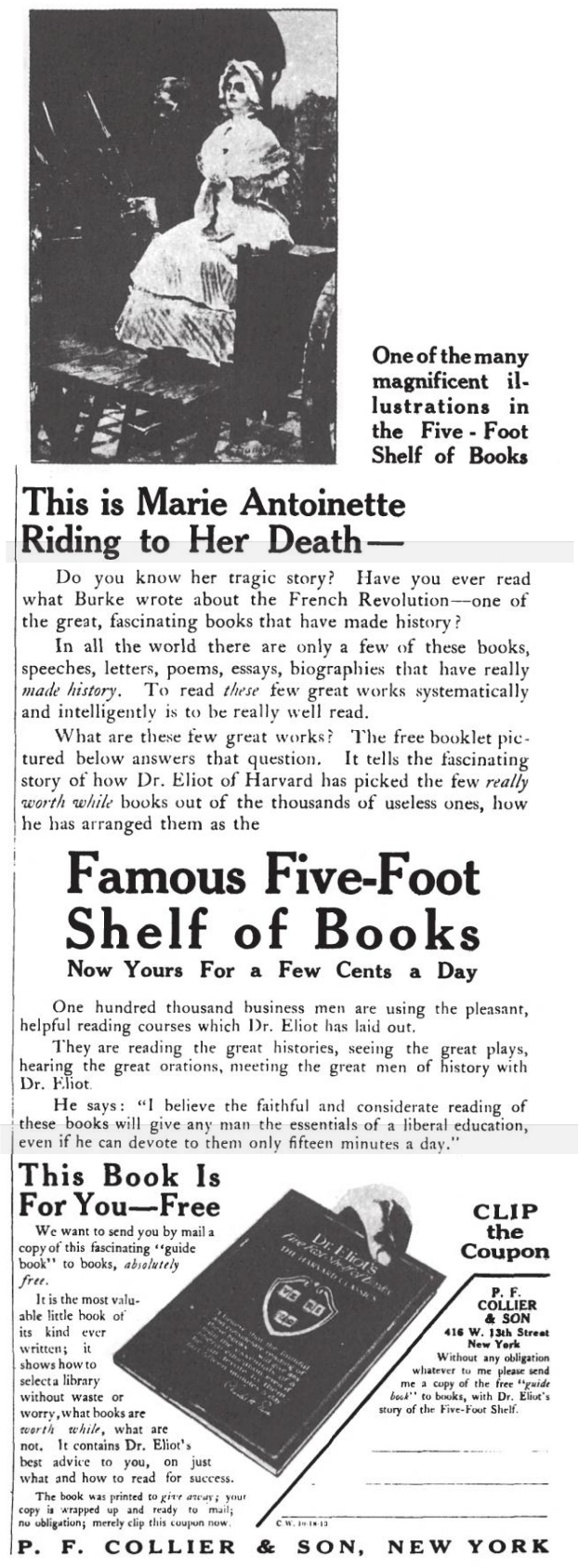I just spent the morning reading statistics about the best-selling books of the 20th century so I could bring you the following curious anecdote or two:
The year 1936 saw the publication of two all-time bestselling books.
The first of these was Gone With The Wind. That’s a novel that clocked in at 1,037 pages. “People may not like it very much,” said one publishing insider, “but nobody can deny that it gives a lot of reading for your money.”
Gone With The Wind was made into a 1939 movie with Vivien Leigh and Clark Gable, which won a bunch of Oscars. Without the monstrous success of the movie, odds are that few people today would know about the book, even though it sold over 30 million copies in its time.
On the other hand, consider the other all-time bestseller published in 1936.
It has sold even better — an estimated 40 million copies as of 2022.
And unlike Gone With The Wind, this second book continues to sell over 250,000 each year, even today, almost a century after its first publication.
What’s more, this book does it all without any advertising, without the Hollywood hype machine, simply based on its own magic alone.
You might know the book I’m talking about. It’s Dale Carnegie’s How To Win Friends And Influence People.
One part of this success is clearly down to the promise in the title. As Carnegie wrote back then, nobody teaches you this stuff in school. And yet, it’s really the fundamental work of what it means to be a human being.
But it can’t be just the title. That’s not reason why the book continues to sell year after year, or why millions of readers say the book changed their lives.
This includes me. I read How To Win Friends for the first time when I was around 18. It definitely changed how I behave.
For example, take Carnegie’s dictum that you cannot ever win an argument.
I’m argumentative by nature. But just yesterday, I kept myself from arguing — because Carnegie’s ghost appeared from somewhere and reminded me that I make my own life more difficult every time I aim to prove I’m right.
This kind of influence comes down to what’s inside the covers, and not just on them.
So what’s inside? I’ll tell ya.
Each chapter of Carnegie’s book is exactly the same, once you strip away the meat and look at the skeleton underneath. It goes like this:
1. Anecdote
2. The core idea of the chapter, which is illustrated by the anecdote above, and which is further illustrated by…
3. Anecdote
4. Anecdote
5. Anecdote
6. (optional) Anecdote
The valuable ideas in Carnegie’s book can fit on a single page. But it’s the other 290 pages of illustration that have made the book what it is.
In other words, the recipe for mass influence and continued easy sales is being light on how-to and heavy on case studies and stories, including personal stories and experiences.
Maybe you say that’s obvious. And it should be, if you read daily email newsletters like mine. But maybe you don’t read my newsletter yet. In case you’d like to fix that, so you can more ideas and illustrations on how to influence and even sell people, then I suggest you click here and follow the instructions that appear.

